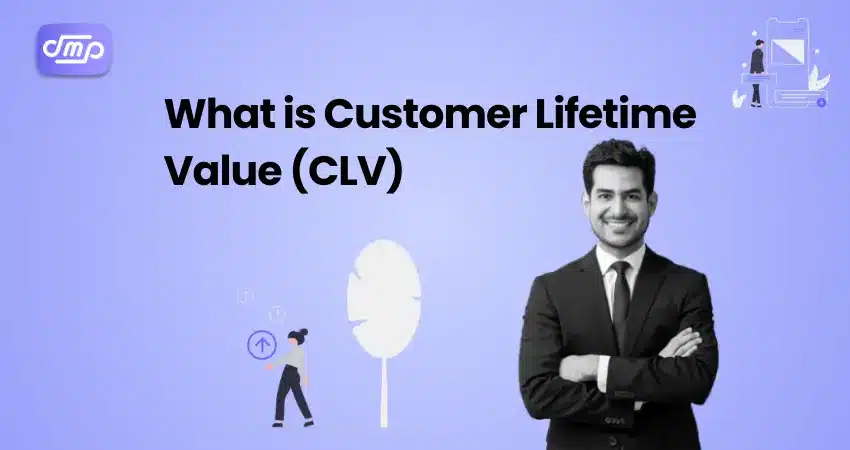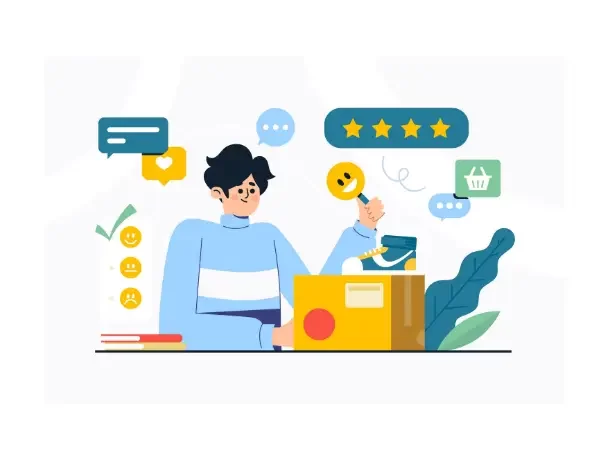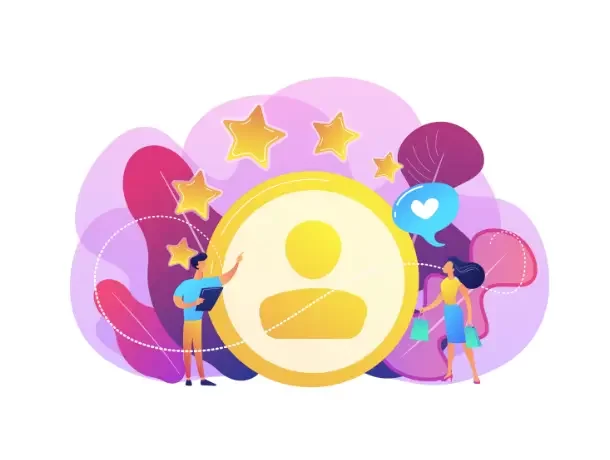
- January 9, 2025
- Digital Marketing, seo
- Search Engine Optimisation (SEO), Digital Marketing
Table of Contents
Customer lifetime Value (CLV) is an important business indicator that calculates the revenue a company may expect to receive from a client over the course of their relationship. It illustrates the long-term value that a client adds to a firm beyond one-time transactions. CLV assists organizations in determining how much they should invest in attracting and maintaining consumers to maximize profitability.
A greater CLV suggests that customers are more loyal, make repeat purchases, and contribute more to the company’s overall success. Companies that focus on boosting CLV can lower client acquisition costs, increase customer retention, and achieve long-term growth.
Understanding Customer Lifetime Value (CLV)
Customer lifetime Value (CLV) is an important indicator that represents the total revenue that a company anticipates generating from a single client over the course of their relationship with the brand. Rather than relying exclusively on one-time sales, CLV offers a more comprehensive picture of a customer’s long-term value, emphasizing their contribution to the company’s overall performance.
CLV assists organizations in determining the optimal balance of customer acquisition and retention. Acquiring new consumers is frequently more expensive than keeping existing ones. Businesses that maximize CLV can boost profits through repeat purchases, client loyalty, and long-term involvement.
A high CLV suggests that customers are satisfied, loyal, and willing to make repeat purchases. In contrast, a low CLV may indicate inadequate client retention methods, high turnover rates, or ineffective marketing initiatives. Understanding the CLV allows firms to:
- Recognize high-value clients and invest in their retention.
- Optimize marketing techniques to drive long-term growth.
- Predict future revenue and enhance your financial predictions.
- Businesses that prioritize CLV are better positioned to cut customer acquisition costs (CAC), boost return on investment (ROI), and develop long-term connections with their consumers.
How to Calculate Customer Lifetime Value

Customer Lifetime Value (CLV) is calculated by analyzing a customer’s revenue over time and balancing it against the cost of acquiring and retaining that client. Knowing CLV allows firms to make data-driven decisions that boost profitability and client retention tactics.
Calculating CLV The basic formula for CLV:
The easiest method for calculating CLV is:
CLV = Average Purchase Value x Purchase Frequency x Customer Lifespan.
Explanation:
- Average Purchase Value: Refers to the average amount a customer spends on a single transaction.
- Purchase Frequency: The number of purchases a customer makes in a certain time period (e.g., monthly or annually).
- Customer Lifespan: The average amount of time a customer is active with a business.
Strategies to Increase Customer Lifetime Value

Increasing Customer Lifetime Value (CLV) is critical for long-term profitability and sustainable business growth. Businesses can increase revenue from each client relationship by focusing on maintaining existing customers and driving repeat purchases.
Here are proven techniques to boost CLV:
- Enhance Customer Experience (CX): A pleasant customer experience leads to increased retention and repeat sales. Customers are more likely to remain loyal if they feel valued and have a consistent engagement with your business.
Tips for Improving CX:
- Provide tailored recommendations.
- Ensure your website is easy to navigate and has a quick checkout process. Also, provide responsive customer assistance across platforms.
- Amazon’s success is largely due to its emphasis on individualized shopping experiences and speedy customer support.
2. Implement loyalty programs: Loyalty programs encourage repeat purchases and improve the relationship between customers and brands. Businesses may keep their clients interested by offering distinctive rewards.
Types of Loyalty Programs:
- Point-Based System: Earn points with each purchase.
- Tier-Based Rewards: Unlock exclusive benefits at various spending levels.
- Subscription-Based Programs: Pay recurrent fees for unique perks.
3. Upsell and cross-sell: Encourage clients to buy more by providing similar products or higher-value alternatives to their current purchases.
- Upselling: This refers to encouraging clients to purchase a more expensive version of a product.
- Cross-selling: Recommend products that complement their purchase.
Example: E-commerce sites like Amazon use “Frequently Bought Together” and “Customers Also Bought” sections to boost purchase value.
4. Utilize data and personalization: Personalization based on customer behavior and purchasing history can boost engagement and encourage repeat purchases of the product.
How to Use Data:
- Utilize CRM technologies to monitor consumer interactions.
- Send tailored emails with product recommendations.
- Use predictive analytics to anticipate customers’ demands.
5. Develop strong customer relationships: Maintain client loyalty by cultivating connections through constant communication and proactive participation.
Ways to Develop Relationships:
- Follow-up emails after purchasing.
- Birthday and anniversary discounts
- Customer feedback surveys are generally used to improve products and services.
6. Reduce the churn rate: Reducing churn (the rate at which customers discontinue doing business with you) is critical for growing CLV.
How to reduce churn:
- Identify and address the reasons customers depart.
- Offer unique incentives to clients at risk of leaving.
- Offer great client support.
7. Offer subscription services: Subscription-based services provide steady revenue and enhance CLV by keeping customers engaged over time.
8. Effective Retargeting Strategies
- Retarget website visitors with tailored advertisements.
- Send win-back emails containing unique deals.
- Use push notifications to re-engage mobile users.
- E-commerce firms regularly utilize abandoned cart emails to re-engage customers who did not complete their transactions.
9. Provide exceptional post-purchase support: Providing value after the purchase improves consumer happiness and loyalty.
Post-Purchase Support Strategy:
- Follow-up emails containing product care tips
- Offer easy return policies.
- Provide how-to tips or lessons to maximize product usage.
10. Emphasis on customer education: Educating your clients about your products/services guarantees that they receive the most value, which increases their loyalty over time.
Customer Education Methods:
- Develop how-to material and product tutorials.
- Host webinars or Q&A sessions.
- Provide product manuals and useful blogs.
Conclusion
Tracking and enhancing Customer Lifetime Value (CLV) is critical for firms seeking long-term success and profitability. Businesses may acquire important insights into consumer behavior and retention by using data-driven solutions like Google Analytics, HubSpot, and loyalty program software. Implementing tailored experiences, loyalty programs, and segmentation tactics boosts CLV by improving consumer engagement and repeat purchases.
Finally, increasing CLV is about developing long-term client relationships rather than making one-time sales. Businesses that focus on increasing CLV will enjoy higher revenue, lower acquisition costs, and stronger brand loyalty in the long term. Start tracking your CLV today to maximize your company’s development potential.











